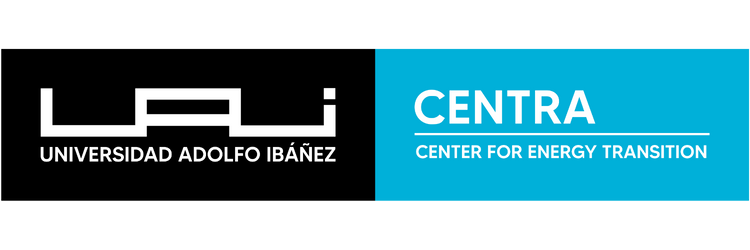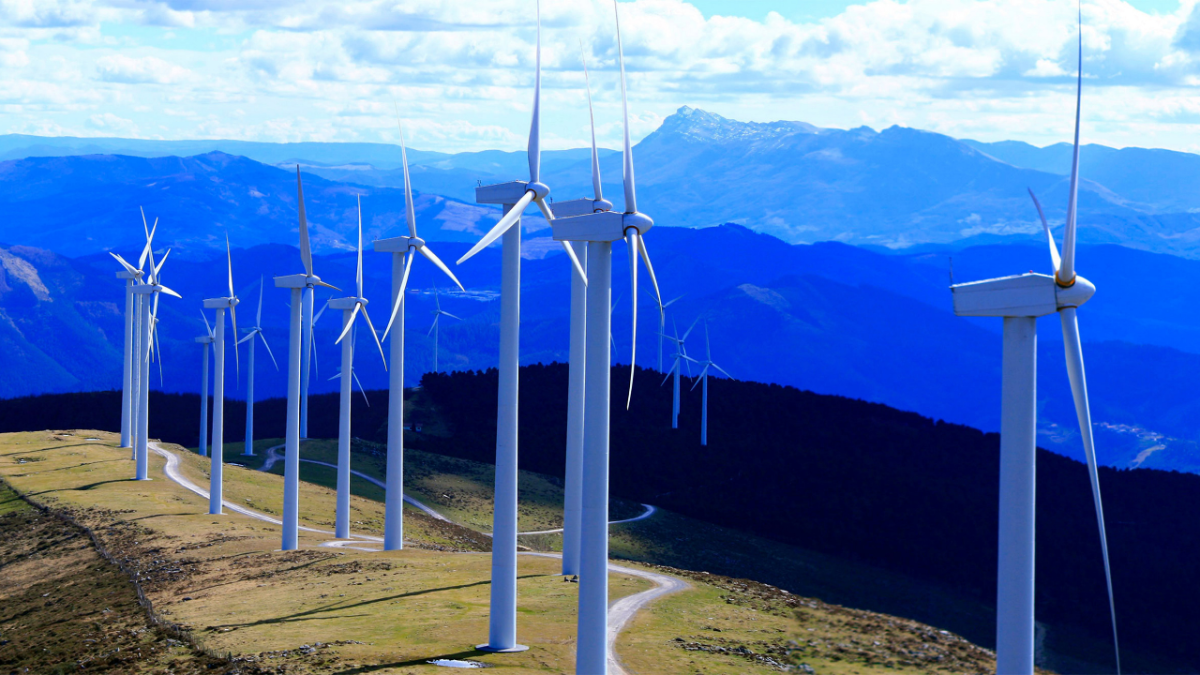Wind farms: 85% of the mass of a wind turbine can be recycled
June 10, 2022
Recycling Wind Turbine Blades: Challenges and Solutions
Felipe Larraín, a researcher at the Center for Energy Transition (CENTRA) at Universidad Adolfo Ibáñez (UAI), explains how wind turbine blades can be recycled or repurposed instead of being disposed of in landfills.
This initiative is being monitored by CENTRA UAI, which aims to find sustainable solutions for managing decommissioned wind turbine blades, turning them into civil infrastructure or implementing recycling technologies such as mechanical, thermal, or chemical processing.
How Can Wind Turbines Be Recycled?
Approximately 85% of a wind turbine’s mass can be easily recycled by dismantling the unit and sending its components to dedicated recovery channels:
- Concrete from foundations can be reused at other sites.
- Steel and aluminum can be sent to foundries or workshops.
However, the biggest challenge lies in recycling the blades, which are made from balsa wood and composite materials containing epoxy resin and fiberglass or carbon fiber. These materials make the blades lightweight and highly durable, allowing them to withstand 20-25 years of exposure to wind resources. But they are extremely difficult to recycle, with composite materials making up nearly half of their mass.
Two Main Approaches for Blade Management
- Reusing Blades in Civil Infrastructure
- Blades can be repurposed as bridges, communication towers, power line towers, housing roofs, fences, public monuments, playgrounds, and bicycle parking.
- An example is a bike parking station in Aalborg, Denmark, made entirely from repurposed wind turbine blades.
- Recycling Blades Through Three Main Methods
- Mechanical Recycling: Blades are ground into particles (0.05–10 mm) for use in various industries.
- Thermal Recycling: Epoxy resins are decomposed into hydrocarbons, or the polymer matrix is oxidized to recover the fibers.
- Chemical Recycling: Chemical reagents break down the polymer matrix, allowing the recovery of fiberglass or carbon fiber for reuse.
The Urgency of Blade Recycling
With wind energy growing exponentially, turbine blades installed in the 1990s and early 2000s are now reaching the end of their lifespan. As a result, the industry expects a sharp increase in decommissioned blades:
- By 2025: 100,000 tons of blade waste per year.
- By 2033: 200,000 tons per year.
- By 2050: 43-47 million tons of accumulated blade waste.
Given these projections, repurposing blades for infrastructure will not be enough. Large-scale recycling solutions must be developed to prevent the disposal of blades in landfills. Additionally, new turbine blades must be redesigned for easier recycling, even if it increases manufacturing costs.
The Cost of Decommissioning Wind Turbines
Decommissioning wind turbines is an expensive process, with costs varying by location:
- France requires operators to set aside €50,000 per turbine (€60,000 for turbines over 2 MW) for dismantling and environmental restoration.
- In the U.S., decommissioning costs can reach $200,000 per turbine.
- Landfill disposal costs range from $65 per ton in the U.S. and China to $100 per ton in Europe. Experts estimate that if disposal costs rise to $200 per ton, it could drive large-scale blade recycling efforts.
International Experience in Blade Recycling
- United States:
- Veolia (Missouri) processes decommissioned blades from GE Renewable Energy.
- Blades are shredded and mixed with non-hazardous medical waste before being sent to cement factories as:
- 65% substitute for limestone and sand
- 28% alternative fuel to coal
- A similar blade recycling partnership exists between GE Renewable Energy and Germany’s Neowa.
- Europe:
- France mandates funding provisions for turbine decommissioning and environmental remediation.
- Siemens Gamesa (2021) introduced the first recyclable turbine blades, aiming for 100% recyclable turbines by 2040.
- Vestas is exploring:
- Using ground turbine blades in cement production.
- Developing new recycling technologies.
- Creating new resin formulas that dissolve in common solvents (e.g., acetic acid/vinegar).
- Vattenfall (Sweden, 2021) pledged to immediately stop landfilling blades and fully recycle all decommissioned blades by 2030.
- Ørsted (Denmark, 2021) announced plans to repurpose, recycle, or recover all blades from its wind farms.
- ENGIE is participating in Project ZEBRA (Jules Verne Research Center, France), which successfully developed the first 100% recyclable wind turbine blade prototype in March 2022.
Incorporating Wind Farms into the Circular Economy
To fully integrate wind farms into the circular economy, it is crucial to:
- Recycle all turbine parts through existing recovery channels (excluding blades).
- Manage blade waste through repurposing (civil infrastructure) or recycling (mechanical, thermal, or chemical).
- Avoid landfilling by expanding recycling capacity and regulations.
The Future of Wind Energy Recycling
Industry groups like WindEurope have called for a ban on landfill disposal of wind turbine blades by 2025. Although redesigning turbine blades for recyclability will increase costs, manufacturers believe this will be offset by long-term savings when governments enforce stricter recycling regulations.
With proven technologies and successful international cases, the challenge now lies in scaling up blade recycling and ensuring that wind energy remains a truly sustainable solution.
Source: Revista Electricidad

